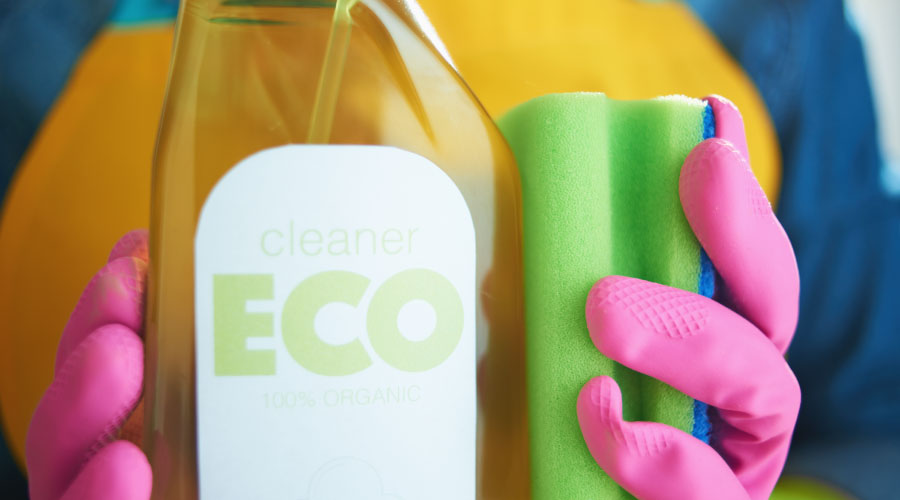Lessons Learned From A LEED v4 Beta Project
The authors tested the new rating system by pursuing certification for the company's new office space, using the LEED v4 beta application process. Here are some lessons learned.
The intent was to create a healthy, collaborative work environment with reduced carbon emissions. The new office includes wall-to-ceiling operable windows, bike parking in the suite, and carbon-neutral steam heating. During construction it was decided to attempt LEED v4 ID+C pilot certification rather than pursue the initial goal of LEED 2009 CI Platinum. Doing a gap analysis between the rating systems and finding that the projected LEED 2009 Platinum project would only qualify for Silver certification under LEED v4 was a bit of a shock.
Some of the difference in projected certification level was due to what could be controlled, metered, and measured in a commercial office located in a historic building, in which tenants pay for utilities as part of the lease. The project was treated as a learning opportunity, rather than point-chasing for a higher LEED certification. Based on the experiences, here are three recommended strategies for facility managers and project teams using LEED v4 for the first time.
Preparation is essential — Perform a schedule of value analysis for products and materials very early in design. The analysis should confirm that all materials are required for the project (what's more sustainable than the product you don't have to buy?) and identify a beneficial materials palette that satisfies the Owner's Project Requirements. Even materials that are included on hundreds of LEED projects do not necessarily contribute to LEED v4 credits because manufacturers are still working through the rating system changes. New documentation such as Environmental Product Declarations and Health Product Declarations are just starting to become available.
Engage the team — With a significantly revised rating system focused on performance rather than as-designed conditions, LEED v4 incentivizes integrated design and decision-making. Specialty expertise will be required for some credits where architecture and engineering firms may have used generalists before.
Pre-construction preparation with the general contractor will be invaluable to optimize the design, construction, and budget (and by extension LEED rating) simultaneously rather than the more prevalent pass-the baton-process. In the case of the Paladino office space, early engagement provided additional benefits beyond the LEED application. For example, one team member identified light fixtures left the by previous tenant that we were able to retrofit for an impressive LED entry feature, rather than buying new product. Another advocated for using structure as finish where possible. The office has carpet and softer surfaces for acoustics where people are sitting, but circulation space and the kitchen required no finish material beyond polishing the concrete slab.
The internal commissioning team is using the monitoring requirements of LEED v4 to create a learning lab in the office. The team plans to validate the project's heat recovery system, which routes waste heat from the server room into the office, and to explore how carbon dioxide set points relate to natural ventilation needs.
Take your time — LEED v4 is new. Most new things are challenging to get your head around the first time through. The certification process rewards attention to detail, and taking time to do it right throughout the design and construction process makes documenting credits infinitely easier.
Patrick Leonard, PMP, LEED AP, leads the portfolio services practice at Paladino and Company, a green building consulting firm. His team assists real estate portfolio owners to plan, embed and implement sustainability strategies across their organizations and portfolios. Leonard can be reached at patrickl@paladinoandco.com.
Megan Snyder, LEED AP ID+C, is a green building consultant with Paladino. She uses her knowledge of building science, sustainable design, and the health and productivity benefits of green buildings to help clients realize tangible value from their projects. Contact Snyder at info@paladinoandco.com.
Related Topics:














